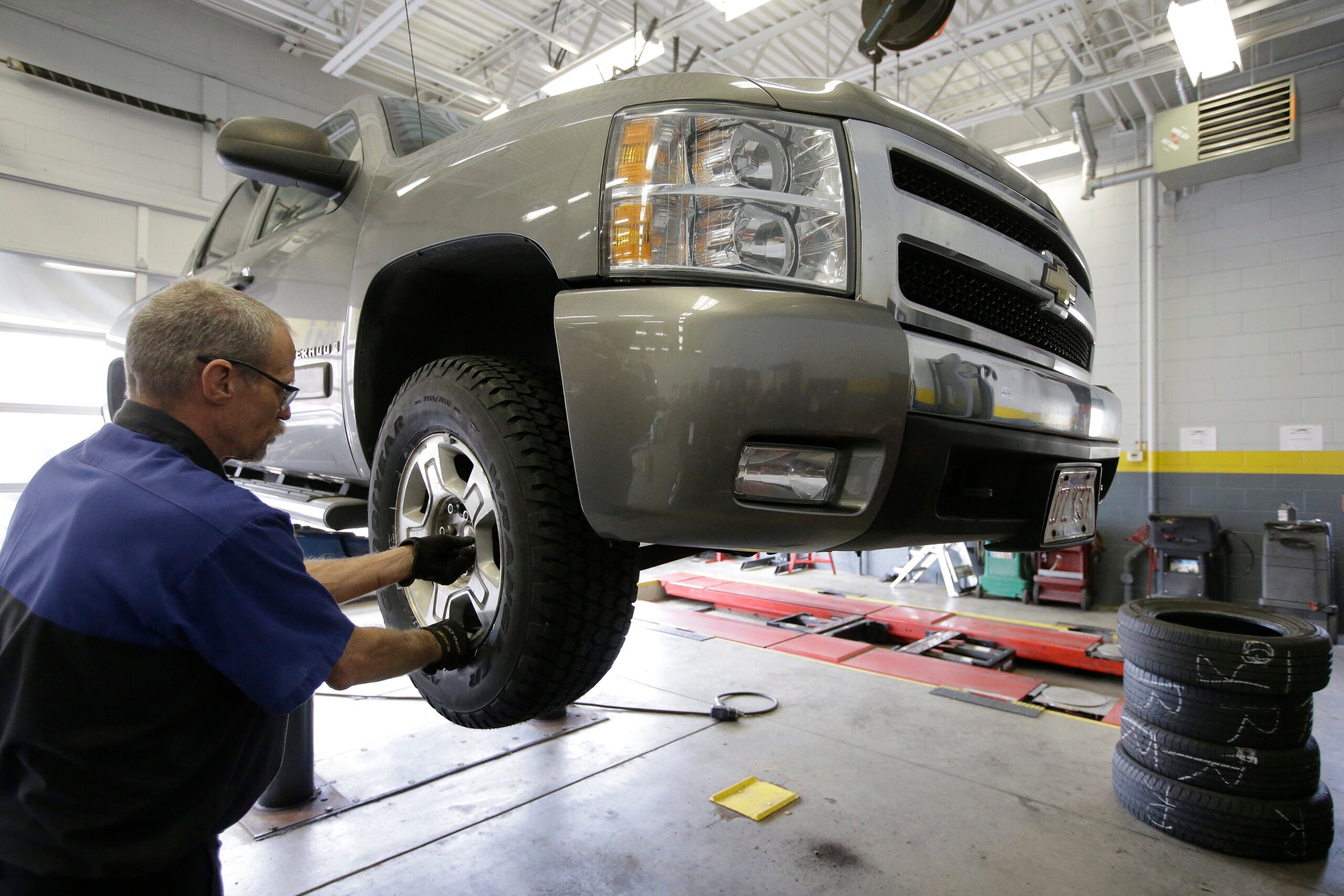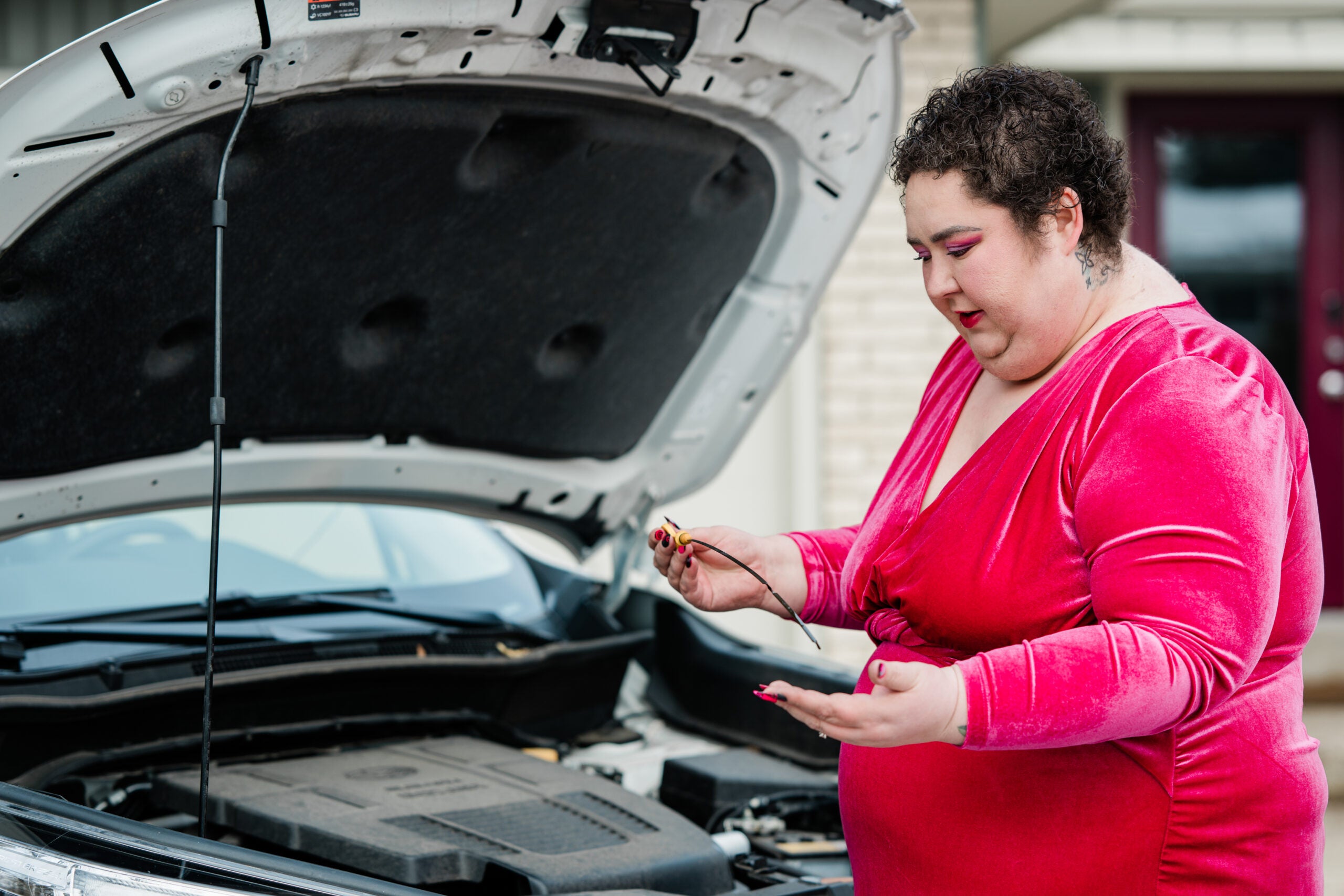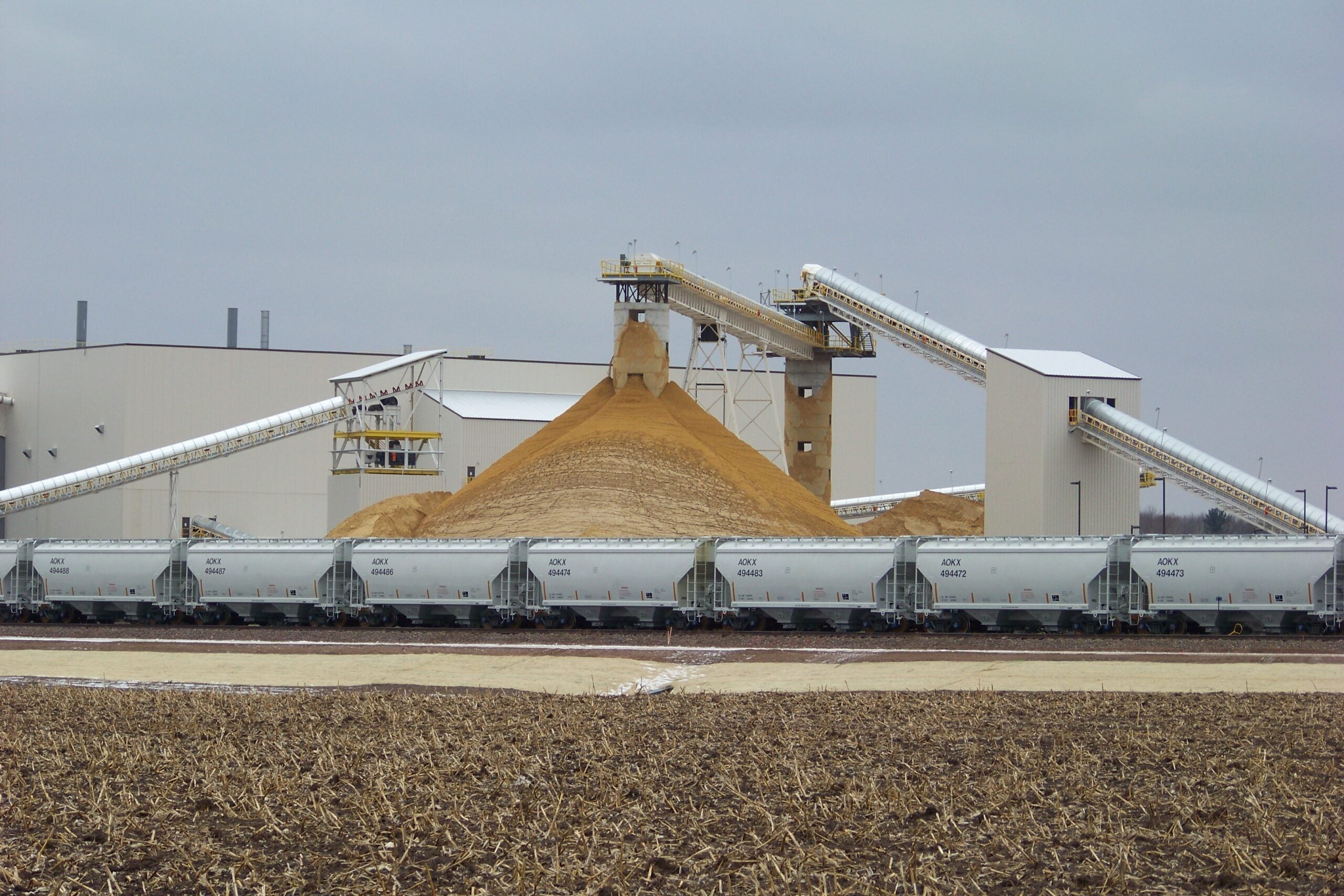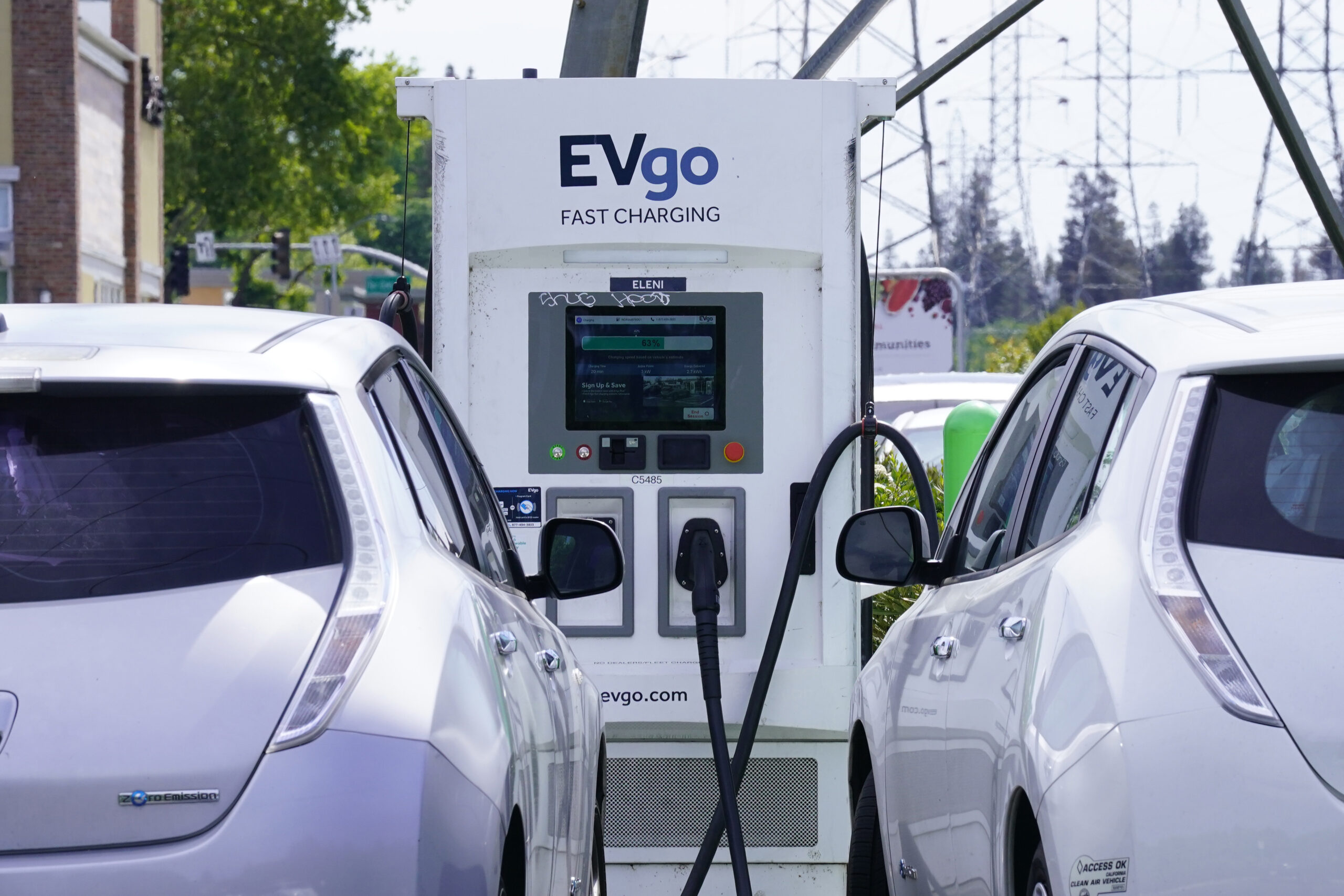If your vehicle’s dashboard is lit up like a Christmas tree, chances are it’s not bringing the same glad tidings this season’s known for.
A common warning light during this time of year is low tire pressure, which can be caused by the big discrepancy between daytime highs and nighttime lows, said Jim Ward, retired services manager of Smart Motors Toyota in Madison.
In a recent interview on WPR’s “The Larry Meiller Show,” Ward answered a range of questions on topics from tires to recalls.
News with a little more humanity
WPR’s “Wisconsin Today” newsletter keeps you connected to the state you love without feeling overwhelmed. No paywall. No agenda. No corporate filter.
For example, Ward explained there’s generally about a 7-pound threshold between where the air pressure level should be and when the low pressure indicator light comes on. If it’s a one-time thing around this time of year, it’s likely to be temperature related. Otherwise, he said, you may want to get those tires checked for leaks.
The following interviewer and caller questions and guest answers have been edited for brevity and clarity.
Tires
Larry Meiller: How do you know when it’s time to get new tires?
JW: Inspection is an important thing. When we think of replacing tires, we think of them wearing out, which they inevitably do. Passenger cars start out at about 9/32 of an inch brand new, and really you’re replacing them by the time they get down to about 3/32 of an inch.
So, it gives you 6/32nds of an inch of wearable tread that most people are going to use up in 20,000 to 30,000 miles.
You want to look at them about every 5,000 miles to keep track of that wear, but also to inspect if the alignment’s off on the car — the tires may wear uneven … you might have a puncture, you might have damage or something that happened to a tire that you might not notice yourself.
Caller: My Dodge Grand Caravan gets terrible traction in the wintertime. Could you suggest some tires?
JW: If it’s wintertime traction that you have an issue with, there are tires that have specific rubber compounds for winter traction. The advantage obviously is that they tend to grip very well in various winter conditions. The disadvantage is that they don’t like temperatures above 50 degrees.
So you’re going to end up in a situation like that — if you put those on, you’re going to want to have them off in the summertime and have a different set of tires that you can put on. It’s not the most convenient thing, but it is what’s going to give you the best traction.
There are lots of different brands, but they tend to be snow tires that have a specific kind of softer rubber compound, and that’s why the temperature makes a difference … they really start to disappear quickly at 50 degrees and above.
Caller: Should we abide by the expiration date noted on the wall of the tire?
JW: You should abide by it. That’s not to say that people out there don’t ignore that.
Typically, most manufacturers are going to say that their tires are good for about five to six years. Increasingly, you know, in the last few years, people have started to work from home and not put miles on their cars.
Sometimes people only have 10,000 miles on a set of tires in the course of five years and that tire’s hardly worn out. And in most cases, those tires are not going to fail. But what we’ve got to look at is if that tire does fail, what are the potential consequences of that? It’s one thing to be inconvenienced by a flat tire. It’s another thing entirely to have a tire blow out going down the highway.
Inspection is key, first of all. As tires start to age, one of the concerns is just the exposure to the sun and the sidewall start to physically crack. You can see it. If the tires look like that, then you definitely, definitely want to replace them, even if the mileage is low, and they get up there in age.
Batteries and starters
Larry Meiller: If your car doesn’t start, how do you know it’s the battery and not something else?
JW: Ultimately, the battery can be tested to tell if that’s the problem. Obviously, you’re not usually in the auto shop the first time the car doesn’t start. We’re at home.
One thing you can do is if you have the headlights on and you try to start the car, that moment that you try to start it, if you can see the headlights in the garage or reflecting against something or have someone watch — if those headlights dim completely out when you’re going to start it, it’s probably the battery.
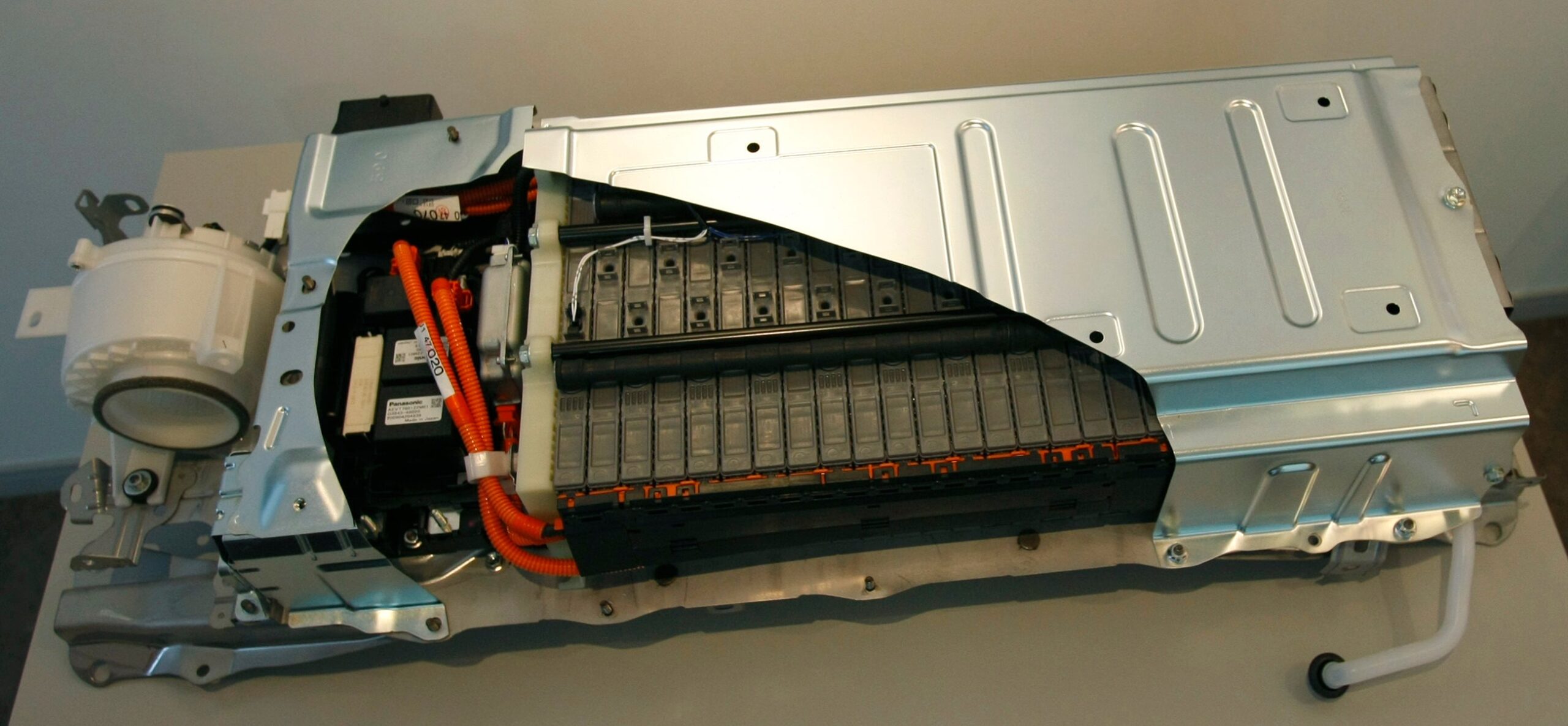
Caller: How long does a hybrid battery last, and how will I know when it’s going bad?
JW: It is not typical that the hybrid battery just fails suddenly out of blue. Typically, a warning light’s going to come on.
The hybrid battery is actually a number of smaller battery cells that are wired together. And the way that they’re managed is that it’s critical that the charge of each of those batteries are quite close to one another.
There’s a very narrow threshold for how far apart one of the highest charged cells can be from the lowest charged cell. Different things may happen to a hybrid battery, but the most common thing that happens when they eventually fail is that one of the cells drops enough that they’re not close enough anymore. And the management system says, “That’s it, I can’t run the system that way. I’m going to put the warning light on.”
At some point, if it gets far enough apart, it will stop operating. A warning light’s going to be your first indication. That code’s going to be very specific and say that this hybrid battery has got cells that are too far apart from each other, and this isn’t workable.
The hybrid battery in most of these hybrid cars is kind of the equivalent in terms of lifespan expectancy to an engineered transmission, and in most vehicles that’s quite long.
That’s not to say that some of them didn’t fail by 10,000 miles, but again … very few will fail at the low mileage. Most of them are going to fail up in that range of 300,000 miles. Some of them will go even longer than that.
Listener email: Will turning off and restarting your car at a stoplight wear on the starter?
JW: Yes. Starters are designed to start the car, and they can do it many times over, but it does wear on it.
A lot of vehicles have systems now where they shut off when you’re sitting at idle … and as soon as you start to touch the accelerator again, it’s got a sensor, and it just starts it right back up.
Typically, vehicles that have that tend to have a larger battery than other vehicles that don’t have that kind of starting system. (They have) a larger starter that’s more expensive to replace, and they’re made to handle that extra work that you’re asking it to do.
So, taking a conventional car that wasn’t designed to do that doesn’t mean that your starter is going to fail next week. It’s going to wear out sooner than it would have if you didn’t use it that way.
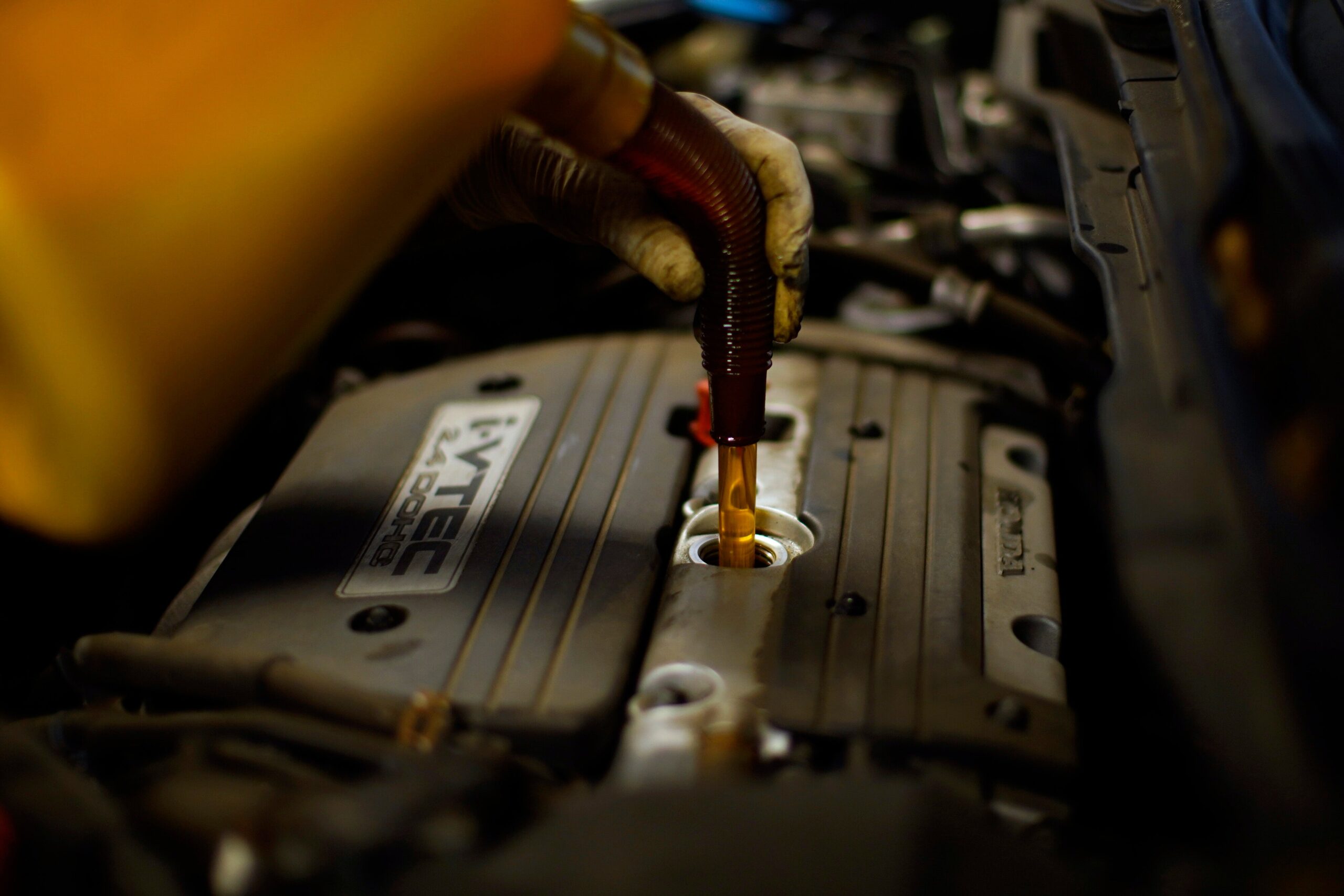
Engine oil
Caller: Can you talk about engine oil and whether to use a synthetic blend?
JW: Synthetic oils have lots of advantages in terms of superior lubrication, less drag. A lot of modern engines are designed to have very little drag. And some of those oils seem so light, it almost seems like they’d be insufficient. But they’re really designed for that engine and that set up.
I really recommend you think about going with whatever oil the manufacturer of your engine recommended, whether it’s synthetic. And then, of course, the right weight of oil will be critical there, too.
But in a pinch, any oil is better than oil. Any engine oil, synthetic or non-synthetic — even the wrong weight, if you have no other choice — is better than running an engine low on oil.
I have kind of steered clear of the long oil change intervals and I tend to really prefer to see them changed about every 5,000 miles.
Caller: My car was due for an oil change and the night before I checked my oil, there was all kinds of gunky, Jell-O-like oil near where I would put new oil in. What do you think caused that?
JW: Moisture condensation that mixes with the oil, and it makes it so it can look like … gooey gel stuff. Typically, this is going to happen from driving short trips where the engine doesn’t really reach full operating temperature and doesn’t get a chance to cook that water out. And it’ll mix with the oil and some of the dirt and some of the residues and things that the oil is designed to take out of the system. Typically, that kind of stuff is what ends up in your oil filter.
It doesn’t necessarily mean there’s something wrong with the motor. Take it out on the highway now and then and get it good and warmed up and help it burn some of that stuff out.
And as much as anything, you know, just, just changing that oil regularly on the right interval is key, too.
Caller: On a 2010 Dodge Caravan with 180,000 miles on it — no transmission problems — do you flush it? Or just run it until you have a problem?
JW: There’s a lot of controversy about that.
One of the concerns out there is that there are varnishes and sticky goop that might be stuck to the walls of transmission. And if you flush it, you’re going to loosen some of those up and plug something up somewhere.
Generally, I’m a fan of doing regular maintenance when it should be done, regardless of the age. I think you’re better off doing it than not doing it.
In my experience over the years, I really have not seen that scenario of something being flushed loose and plugging up something else. I can’t say it’s never happened out there because I’ve read reports that it does.
But I’ve worked in pretty high volume shops for decades — we’re talking a lot of cars, a lot of transmission flushes as regular maintenance — and really, I just never saw that scenario play out. I never saw a transmission fail right after a flush.
Recalls
Caller: What’s your opinion on recalls in general?
JW: Cars are no different from just the general range of products that we buy. The similarity between all of them is that they are rushed to market pretty quickly. There are defects that are in designs of various systems.
Usually, most recalls are fairly innocuous things. Recalls in general are a good thing. A recall is typically a safety recall. It can be mandated by the government, or it can be something the manufacturer realizes and comes out with themselves. And it typically is going to cover all the cars of a given production period, and it’s going to cover them for the life of the car.
The one thing I will say is anyone that is looking at buying a used car, take the VIN number of that car and go to the manufacturer’s website, put in that VIN number from that car and find out if there are any such recalls out there.
If you do buy the car, I would always register with the manufacturer as well, because whether it’s a recall that’s going to cover the car for the life of the car, or whether it’s a limited consumer care program … time is of the essence, and you’re getting notified when that program comes out.
Wisconsin Public Radio, © Copyright 2026, Board of Regents of the University of Wisconsin System and Wisconsin Educational Communications Board.
